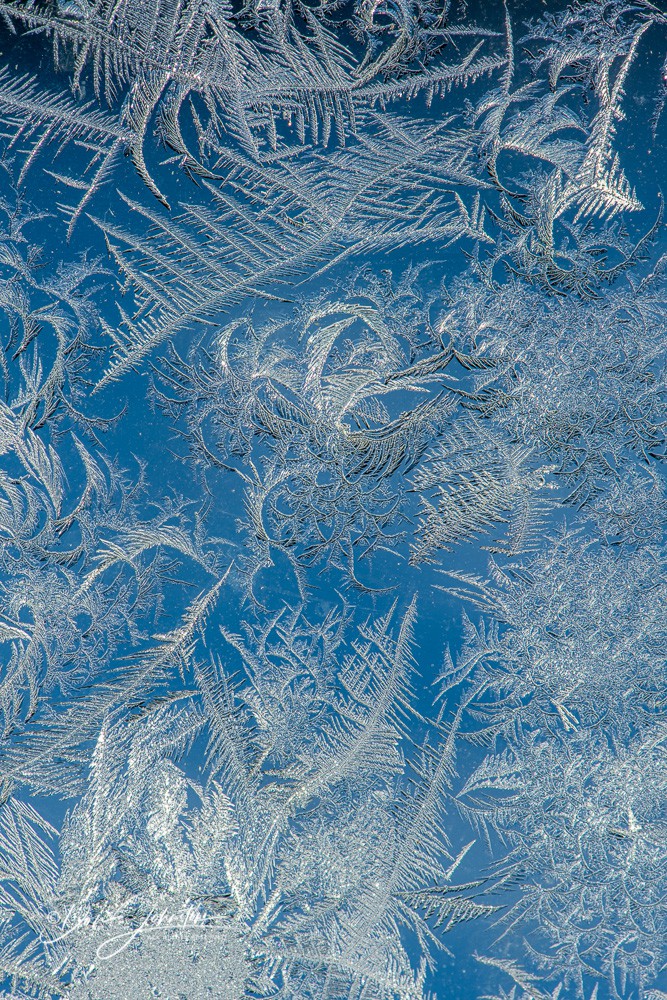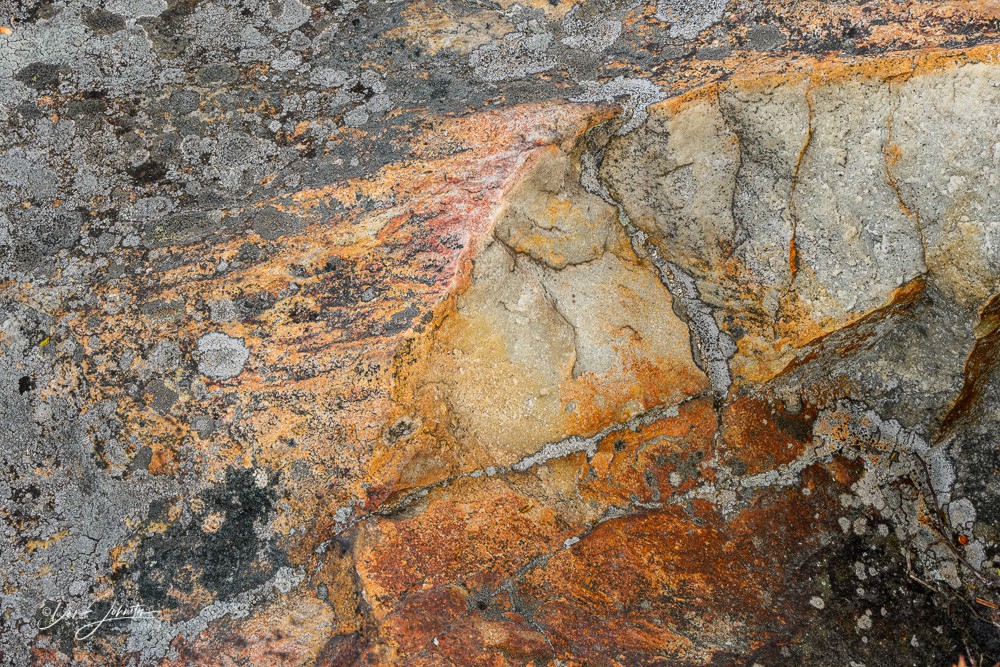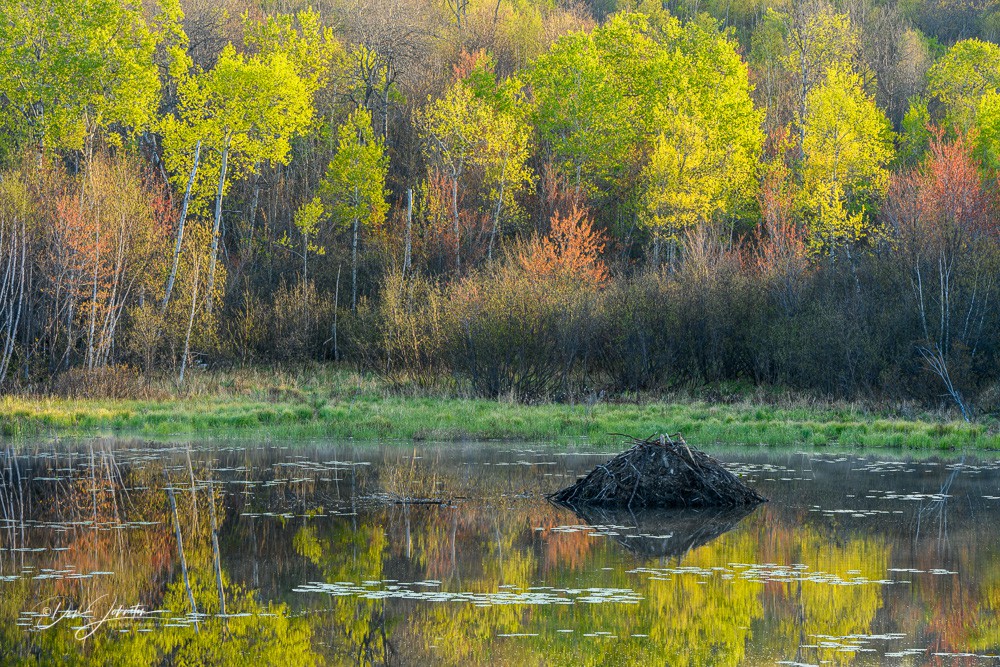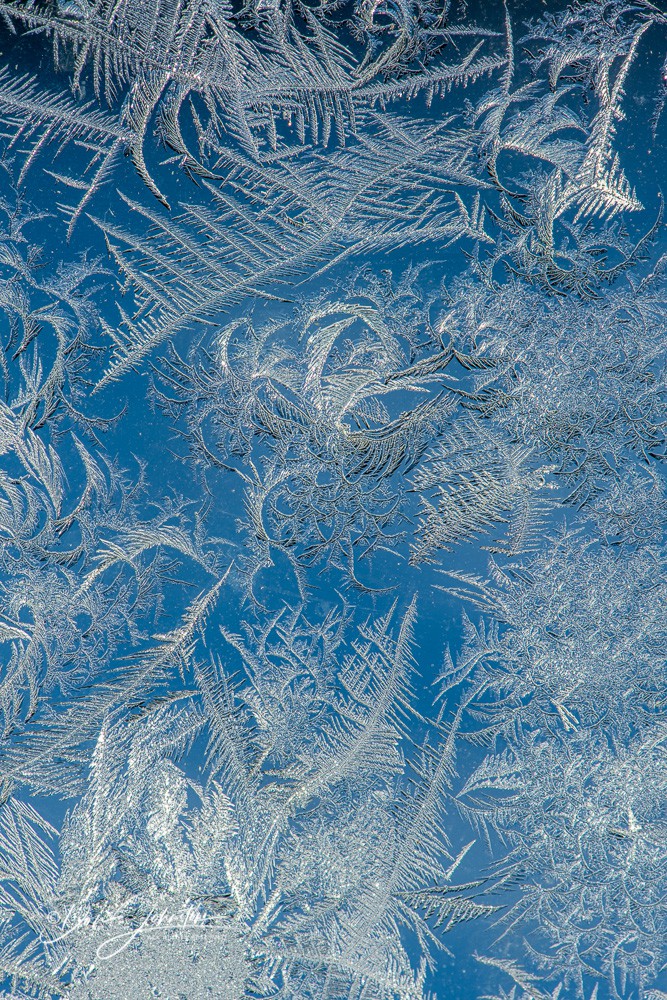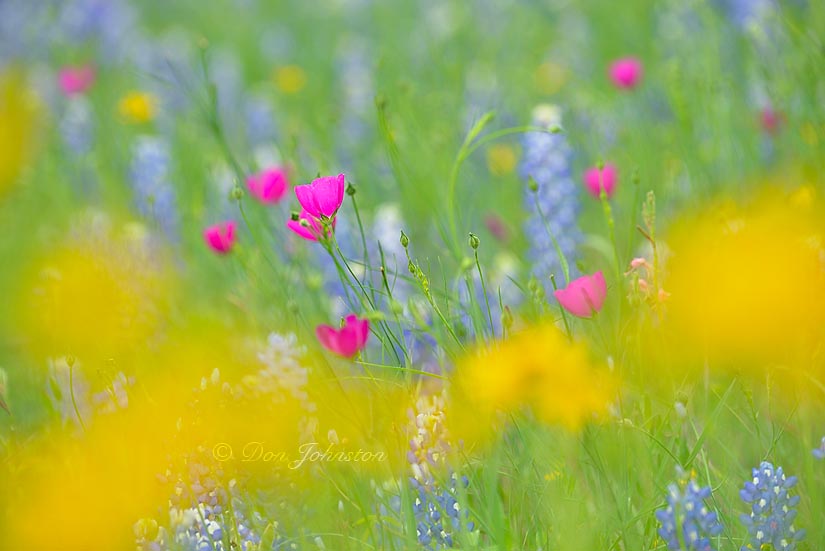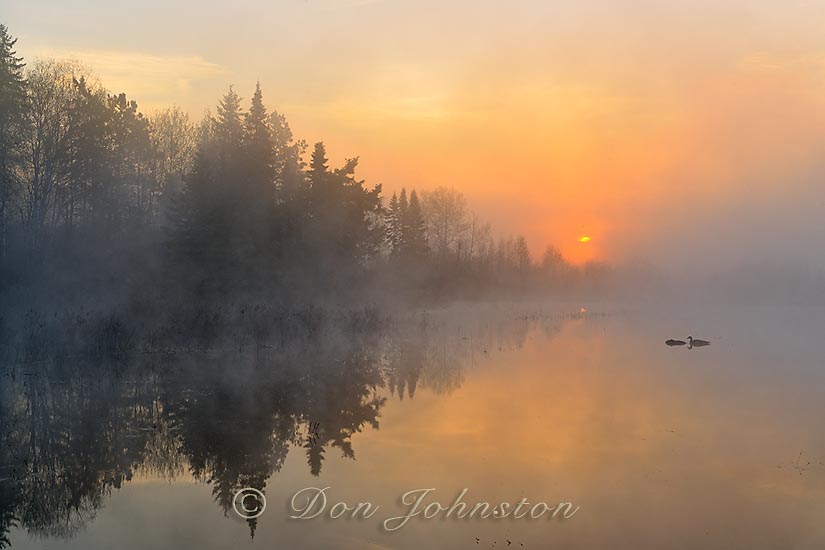Following up on my last two postings on the subject of the monarch butterfly and its host plants I thought I would post some images of noxious and invasive weeds, taken over the years. In some locales these plants can be common. Often, under the right conditions, they can make nice photographic subjects. I don’t shy away from photographing invasives and noxious weeds. A weed is a flowering plant (usually) in the wrong place, such as a garden, crop or lawn. On a more sinister side, invasives such as purple loosestrife can seriously disrupt natural ecosystems like wetlands, and their control becomes more important. Photographing these plants can help draw attention to the ecological issues. Agriculture has classified plants like common milkweed as noxious, giving them special status for control programs. Unfortunately there can be some collateral damage, such as loss in monarch butterfly numbers. As always, with complex problems such as these, there are no simple answers.
Here are some pictures of noxious weeds (classified usually by state or province or country) as well as some invasive plants.

Sunrise and Queen Annes lace flower. (Pennsylvania)
Purple loosestrife is pretty but deadly to wetland ecosystems. The infestation in North America has necessitated the use of specific insect controls- beetles and weevils that feed only on this plant, but are themselves non-native.

Purple loosestrife (Lythrum salicaria) in an Ontario wetland.
Orange and yellow hawkweed are invasive plants in North America, but their flowers are visited by many beautiful butterflies.

Mixed colonies of windblown yellow and orange hawkweed at base of rock outcrop (time exposure with wind)

Canadian tiger swallowtail (Papilio canadensis) perched and nectaring on orange hawkweed
One reason the milkweed is classified noxious is because it can propagate through the production of airborne seeds.

Common Milkweed (Asclepias syriaca) Bursting seed pod
Roadsides and other marginal habitats are often places where invasive plants get a toe-hold.

Roadside wildflowers: Daisies, Birdsfoot trefoil and vetch.

Hare’s-foot clover (Trifolium arvense) Flowering colonies in Olympic Park on the road to Hurricane Ridge
Russian thistle is unwelcome in South Dakota’s badlands ecosystem.

Russian Thistle seedlings in cracked mud. (Badlands National Park, SD)
Oxeye daisies and dandelions are so common we often forget they are non-native. The dandelion flower and leaves have some culinary and medicinal uses.

Large colony of roadside oxeye daisies blowing in strong wind (time exposure)

Oxeye daisies, star chickweed and hawkweed in urban roadside habitat.

Dandelions on lawn with flowering serviceberry bushes. (Manitoulin Island, Ontario)
Shortly I am off to Churchill for an exciting polar bear photo tour (with John Marriott). Brenda and I just returned from autumn in the (very busy, but very pleasant) Smokies in Tennessee. Blog entries to follow, when there is time. Thanks for stopping by.
